Are you looking for topsoil to use in your garden or landscaping project? Look no further than loam topsoil! Loam topsoil is a great choice for all types of garden and landscape projects because of its unique combination of clay, sand, silt, and organic material. It is one of the best topsoils available and is used to improve soil quality and fertility. But where can you buy loam topsoil? This article will discuss the different places you can find loam topsoil and why it may be the best option for your needs. Loam topsoil is a type of soil that is often used in gardening and landscaping projects. It's composed of clay, silt, and sand particles, which makes it one of the most nutrient-rich types of soil available.
Loam topsoil has many benefits for gardens, including improved water retention and better drainage. It also provides ideal conditions for plant growth and helps promote healthy root development. But before you can reap the benefits of loam topsoil, you need to know where to buy it and how to use it.
What is Loam Topsoil?
Loam topsoil is a mixture of sand, silt, clay, and organic matter. It's composed of 45 to 55 percent sand particles, 25 to 45 percent silt particles, and 5 to 25 percent clay particles.The organic matter in loam topsoil consists of decomposed plant material, such as leaves, grass clippings, and other debris. This combination of materials makes loam topsoil an ideal soil for gardening and landscaping.
Benefits of Using Loam Topsoil
Loam topsoil is an excellent choice for gardening and landscaping projects because it has several beneficial properties. It has excellent water retention abilities, so it's less likely to dry out quickly. It also offers great drainage, which allows excess water to drain away from the roots of your plants.Additionally, loam topsoil is rich in essential nutrients that help promote healthy plant growth.
How to Buy Loam Topsoil
Loam topsoil is widely available at garden centers, landscape supply stores, and home improvement stores. You can also order it online from various retailers or directly from a supplier. When buying loam topsoil, make sure you look for a soil that has a balanced mix of sand, silt, clay, and organic matter. It's also important to check the quality of the soil and make sure it's free from weeds, insects, rocks, and other debris.How to Use Loam Topsoil
Loam topsoil can be used in many different applications, including planting beds, lawns, flower beds, vegetable gardens, and shrubbery beds.To get the most out of loam topsoil, you should till the soil before use to help aerate it and break up large clumps. You should also add compost or other organic matter to the soil to help improve its nutrient content. Additionally, you can add fertilizer or lime to adjust the pH balance of the soil if needed.
Tips for Working with Loam Topsoil
When working with loam topsoil, there are a few tips you should keep in mind. First, make sure you wear gloves when handling the soil as it can be messy.Second, if you plan to store your loam topsoil in bulk over a long period of time, make sure you cover it with plastic or tarpaulin to protect it from moisture. Lastly, make sure you use a tiller or hand tools when working with the soil as this will help break up any clumps and ensure even distribution.
Common Questions About Loam Topsoil
There are a few common questions people have about loam topsoil: How long will loam topsoil last? The lifespan of loam topsoil depends on several factors such as how much sunlight it gets and how often it is watered. Generally speaking, loam topsoil can last for several years if properly cared for. Is loam topsoil expensive? The cost of loam topsoil varies depending on where you buy it from and how much you buy.In general, it's an affordable option for gardening and landscaping projects.
How to Buy Loam Topsoil
When it comes to buying loam topsoil, there are a few key things to keep in mind. First, it is important to know the different types of loam topsoil that are available. Loam topsoil can be classified as sandy, clay, or silt loam, depending on the ratio of the different particles that make it up. Sandy loam has the highest percentage of sand particles, followed by silt loam and clay loam.Clay loam has the highest percentage of clay particles. It is also important to consider where you buy the loam topsoil from. You can purchase loam topsoil from local stores or online stores, depending on your budget and convenience. When purchasing from a local store, it is important to inspect the quality of the topsoil to make sure it is suitable for your project. When buying online, be sure to read reviews from other customers to ensure you are getting a quality product. When buying loam topsoil online, look for options with free shipping or discounts for bulk orders.
It is also important to read the product description carefully to make sure you are getting the right type of soil for your project. For example, if you are planting a vegetable garden, you will want to purchase a loam topsoil that is high in organic matter and nutrient content. Finally, make sure you buy enough loam topsoil for your project. Depending on how much soil you need, it may be more cost effective to buy a larger bag or multiple smaller bags. This will ensure that you have enough soil for your project without having too much leftover.
What is Loam Topsoil?
Loam topsoil is an ideal type of soil for gardening and landscaping projects.It is composed of clay, silt, and sand particles which makes it one of the most nutrient-rich types of soil available. Loam topsoil is known to hold more water and nutrients than other types of soils, making it a great choice for growing plants. This type of soil also has good drainage and is able to maintain a consistent temperature. Loam topsoil has the ability to hold onto nutrients and minerals, which helps promote healthy plant growth.
Its porous structure also helps it aerate and allow oxygen to reach the roots of plants. The combination of these characteristics makes loam topsoil an ideal choice for many landscaping and gardening projects. It can be used to create beds or fill in low spots in the garden. Loam topsoil can also be used to create compost or mulch, which can help retain moisture and improve soil quality. Loam topsoil is also great for starting seeds or establishing young plants.
Tips for Working with Loam Topsoil
Caring for Loam TopsoilOnce you have chosen where to buy loam topsoil and laid it down, it is important to care for it properly to get the most out of the soil.To ensure your loam topsoil is healthy and nutrient-rich, it is important to water it regularly and fertilize it when necessary. In order to water your loam topsoil properly, it is best to water deeply but infrequently. This means that you should water your soil slowly and thoroughly until water reaches 8-12 inches below the surface. If you water too quickly or too often, the topsoil can become oversaturated and cause the nutrients to leach out.
Fertilizing your loam topsoil is also important. You should fertilize your soil according to the instructions on the fertilizer package or as recommended by your local gardening store. Additionally, you should always use a balanced fertilizer to ensure that your plants get all of the necessary nutrients. Finally, it is important to aerate your loam topsoil once in a while.
Aerating your soil helps to loosen up the dirt and provide better air circulation, which will improve the health of the soil overall.
Benefits of Using Loam Topsoil
Loam topsoil offers a variety of benefits that make it an ideal choice for gardening and landscaping projects. For one, it is nutrient-rich, meaning that plants can easily access the nutrients they need to grow and thrive. Additionally, loam topsoil is known for its excellent water retention and drainage.As a result, it helps to prevent soil erosion and keep plants healthy. Another benefit of loam topsoil is its ability to encourage healthy root growth. Its composition of clay, silt, and sand provides a stable structure for the roots of plants to latch onto and grow strong. This can be especially beneficial for deep-rooted plants like trees and shrubs. Finally, loam topsoil also provides a great environment for microbial activity. The microbes help to break down organic matter, which releases essential nutrients into the soil and helps promote healthy plant growth.
In addition, these microorganisms help to improve the soil's structure, making it more suitable for planting.
How to Use Loam Topsoil
Using loam topsoil in your garden or landscaping project can be beneficial to the health of your plants. Before laying down the topsoil, it is important to properly prepare your garden or landscaping project. First, you need to remove any existing grass, weeds, or debris from the area. Once this is done, you should till the soil to a depth of at least six inches.This will allow the loam topsoil to mix with the existing soil and create a nutrient-rich environment for your plants. Next, you should spread the loam topsoil evenly across the area. You can use a rake or shovel to distribute it more evenly. Make sure that the topsoil is at least two inches deep.
Once the topsoil is laid down, you should use a roller or heavy object to compact it. This will help to ensure that the soil is firmly in place and won't shift or move when it rains. Finally, you should water your new topsoil to help settle it into place. After watering, you can begin planting your desired plants or grasses in the new soil.
Common Questions About Loam Topsoil
When it comes to loam topsoil, there are a few common questions that people have. How long does it last? What type of plants can grow in it? Is it worth the cost? Let’s take a look at each of these questions.How Long Does Loam Topsoil Last?
Loam topsoil is a great choice for garden beds and landscaping projects as it is highly nutrient-rich and easy to work with.It is also known for its longevity, and can last up to five years if the soil is not disturbed or overworked. It is important to keep the soil moist and aerated to maintain its richness.
What Type of Plants Can Grow in Loam Topsoil?
Due to its high nutrient content, loam topsoil is suitable for a variety of plants. Flowers, vegetables, and herbs can all thrive in loam soil. Some plants that grow particularly well in this type of soil are tomatoes, peppers, squash, beans, and cucumbers.Loam soil is also great for shrubs and trees.
Is Loam Topsoil Worth the Cost?
Loam topsoil is generally more expensive than other types of soil due to its rich nutrient content. However, its longevity and versatility make it a great investment for gardens and landscaping projects. Plus, due to its high quality, you won’t need to use as much fertilizer or other additives. In conclusion, loam topsoil is a great option for gardening and landscaping projects. It offers a number of benefits, from its nutrient-rich composition to its easy workability.With the right knowledge and preparation, you can buy loam topsoil from various sources and use it to create a beautiful garden or landscaping project that will last for years. When purchasing and using loam topsoil, keep in mind the tips we discussed here. Make sure to purchase soil that is free of contaminants, properly prepare the soil before use, and use the right amount of fertilizers and nutrients. With the right care, loam topsoil can help you create a stunning garden or landscaping project.
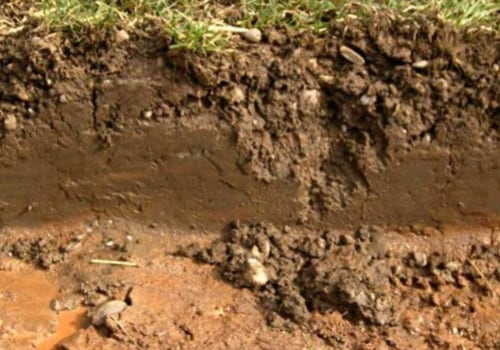
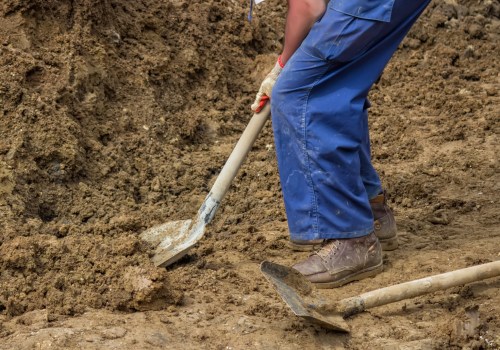
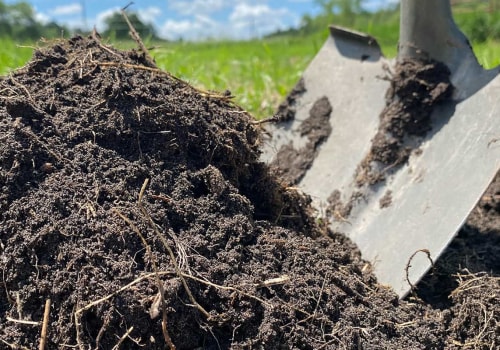
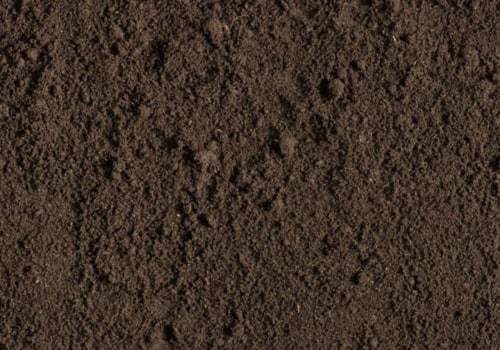




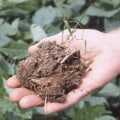


Leave a Comment